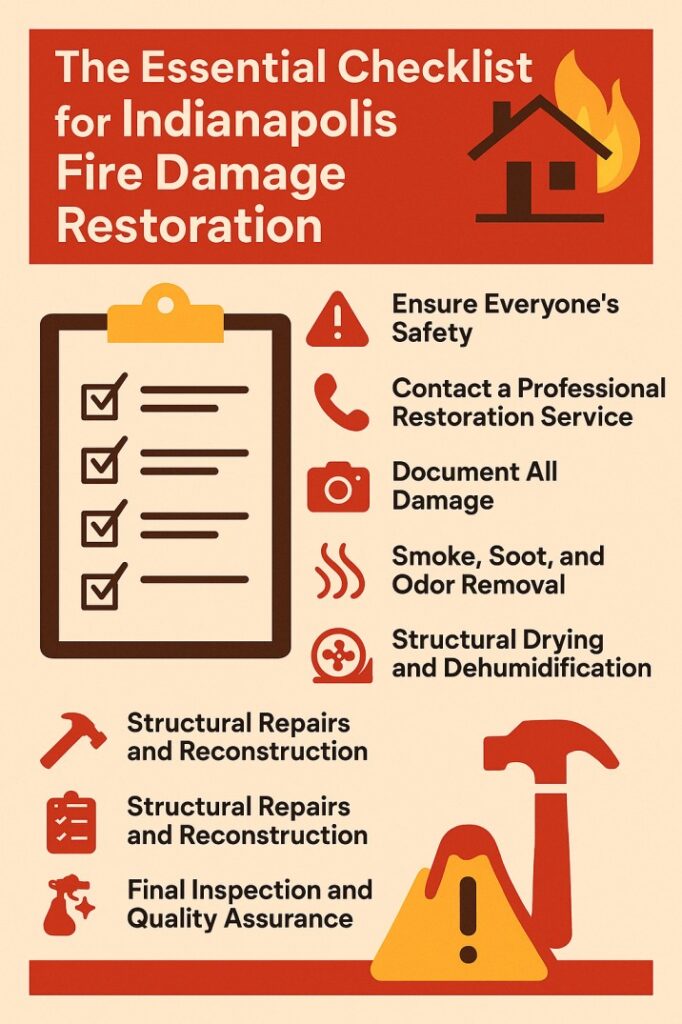In today’s evolving professional landscape, Diversity and Inclusion (D&I) training is a crucial component for fostering an environment where employees feel valued, respected, and empowered. Many organizations recognize the need for inclusion but struggle with implementing effective strategies to create a truly equitable workplace.
For Adam Rojas, a mid-level manager at a rapidly growing tech firm, attending Diversity and Inclusion Training through Equality 360 was a transformative experience. It provided him with the knowledge and tools to address workplace biases, improve communication, and foster a more inclusive company culture. This training not only changed Adam’s perspective but also empowered him to drive meaningful change within his organization.
Why Adam Rojas Pursued Diversity and Inclusion Training

Adam had always prided himself on being an open-minded leader who treated his colleagues fairly. However, as his company expanded, he began noticing subtle but significant challenges related to workplace diversity and inclusivity:
- Employees from underrepresented backgrounds felt excluded from decision-making processes.
- Meetings were often dominated by certain voices, while others remained unheard.
- Despite hiring employees from diverse backgrounds, retention rates were low, especially among minority employees.
- The company lacked structured policies to promote inclusivity and ensure that every employee felt valued.
Recognizing these gaps, Adam decided to take proactive steps. When his company’s HR department introduced Equality 360’s Diversity and Inclusion Training, he saw it as an opportunity to enhance his leadership skills and make his workplace more equitable for all employees.
The Diversity and Inclusion Training Experience

Adam enrolled in Equality 360’s comprehensive Diversity and Inclusion Training Program, which focused on practical strategies to create an inclusive and diverse workplace. The program featured interactive workshops, real-world case studies, and actionable strategies designed to eliminate biases, foster equity, and enhance employee engagement.
Key Learning Areas Covered in the Training
1. The Business Case for Diversity and Inclusion
Adam learned that diversity is not just about meeting quotas—it is a strategic advantage that improves innovation, problem-solving, and employee satisfaction. Studies show that companies with diverse leadership teams outperform those with homogenous ones by fostering greater creativity and collaboration.
2. Unconscious Bias and Its Impact on Decision-Making
One of the first eye-opening moments for Adam was learning about unconscious bias—the subtle prejudices that shape workplace interactions and hiring decisions. Through interactive exercises, he identified his own biases and understood how they could impact recruitment, promotions, and workplace culture.
3. Inclusive Leadership and Effective Communication
Adam discovered practical strategies to create a more inclusive work environment, including:
- Encouraging employees to speak up in meetings without fear of judgment.
- Actively listening to diverse perspectives and ensuring all voices are valued.
- Addressing microaggressions—subtle, often unintentional discriminatory comments or behaviors.
4. Measuring Diversity Through Key Performance Indicators (KPIs)
One of the most impactful aspects of the training was learning how to track diversity progress using measurable data. Adam explored key diversity KPIs, such as:
- Workforce demographics: Measuring representation across various departments.
- Employee engagement surveys: Assessing inclusion and belonging.
- Retention rates of diverse employees: Identifying trends in workplace satisfaction.
5. Equitable Hiring and Promotion Practices
Adam realized that despite hiring a diverse workforce, biases in promotions and career development were leading to disparities in leadership representation. The training emphasized blind resume screening, structured interviews, and mentorship programs to promote equitable career advancement opportunities.
Applying the Training: Adam’s Action Plan for Workplace Inclusion

Inspired by the training, Adam returned to his workplace with a clear action plan to drive meaningful change. He partnered with HR and senior leadership to implement the following initiatives:
1. Establishing Employee Resource Groups (ERGs)
To provide underrepresented employees with a safe space to share experiences and network, Adam helped launch Employee Resource Groups (ERGs) focusing on:
- Women in Leadership
- LGBTQ+ Inclusion
- Cultural Diversity & Belonging
- Neurodiversity and Disability Awareness
These ERGs allowed employees to build a community, advocate for change, and support one another in the workplace.
2. Implementing Inclusive Leadership Training for Managers
Adam recommended that all managers participate in Inclusive Leadership Training to:
- Learn how to recognize biases in performance evaluations.
- Foster psychological safety in team interactions.
- Encourage diverse hiring panels to reduce bias in recruitment.
3. Tracking Diversity KPIs and Workplace Inclusion Metrics
Adam worked with HR to track diversity data to measure progress in representation and inclusion. By analyzing promotion trends, employee engagement surveys, and hiring statistics, they were able to identify disparities and adjust policies accordingly.
4. Introducing Inclusive Hiring Practices
To reduce bias in hiring, Adam advocated for:
- Blind resume screening to focus on skills rather than names or backgrounds.
- Structured interview questions to ensure fairness across all candidates.
- Diverse interview panels to prevent biased decision-making.
5. Creating Safe Spaces for Open Conversations
Adam launched monthly DEI discussions, where employees could:
- Share personal experiences related to workplace inclusion.
- Provide feedback on existing policies and practices.
- Discuss ways to improve the company’s diversity and inclusion efforts.
The Results: How Diversity and Inclusion Training Transformed the Workplace

Within just a few months of implementing these changes, Adam observed significant improvements:
✅ Increased Employee Engagement: Employees felt more valued, heard, and included, leading to higher morale and productivity.
✅ Improved Team Collaboration: With open discussions and inclusive leadership, communication barriers were reduced, and teamwork improved.
✅ Higher Retention Rates: Employees from diverse backgrounds felt more supported, reducing turnover rates.
✅ Greater Representation in Leadership: The company saw a 15% increase in diverse leadership promotions within six months.
Final Thoughts: The Power of DEI Training
For Adam Rojas, Diversity and Inclusion Training was more than just a learning experience—it was a catalyst for change. By equipping himself with practical strategies and data-driven insights, he became an advocate for equity, belonging, and workplace transformation.
Adam’s journey proves that when organizations prioritize diversity and inclusion, they build stronger, more innovative teams that drive success. His company’s culture evolved from being passively diverse to actively inclusive, creating a welcoming and equitable workplace for all employees.
Take the First Step Toward a More Inclusive Workplace!
If you’re looking to create a workplace where diversity is celebrated, inclusion is intentional, and equity is prioritized, Equality 360’s Diversity and Inclusion Training can help. Invest in DEI today and take your organization to the next level!









